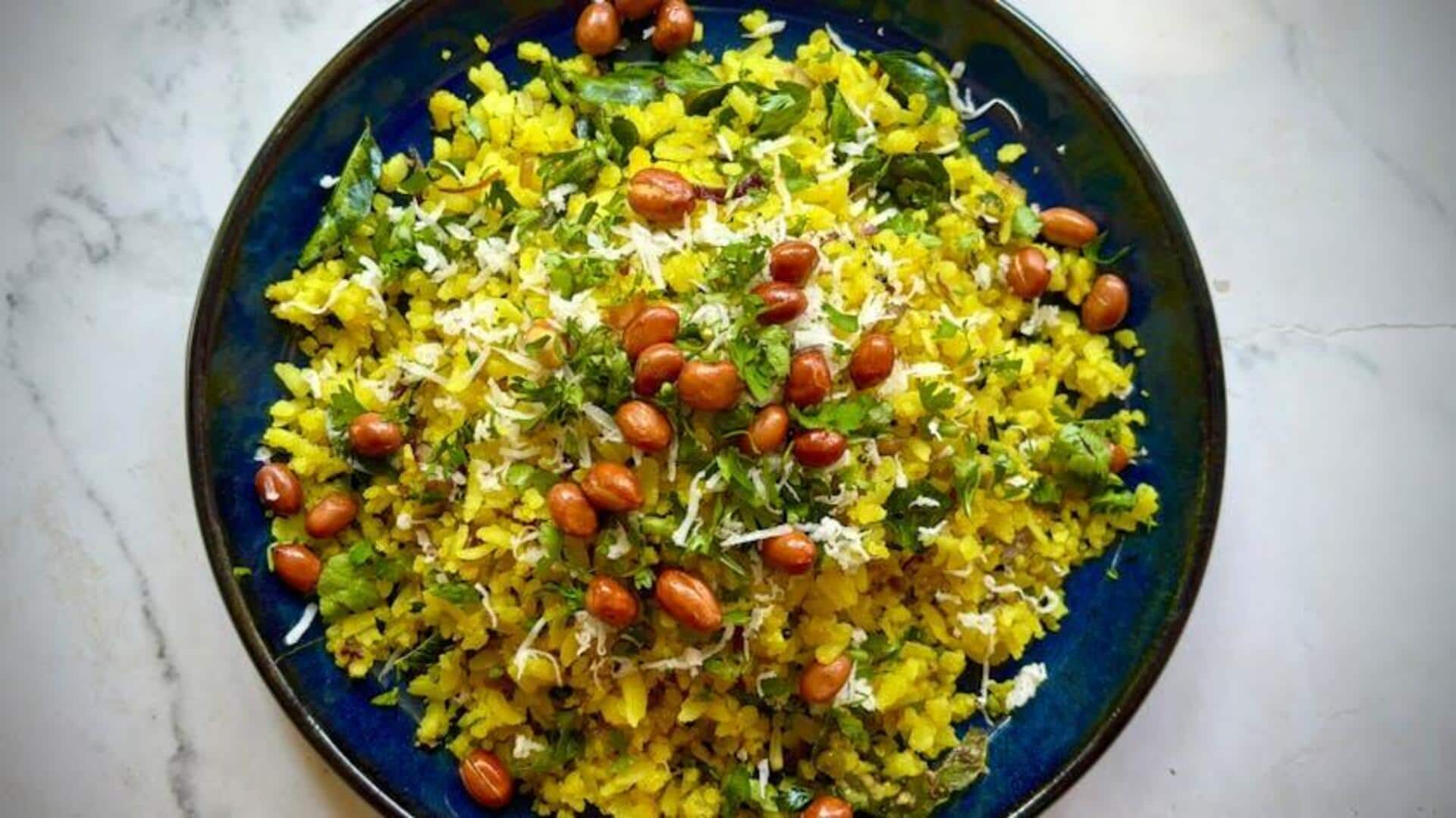
Poha's journey: History, origin, and popularity
What's the story
Poha, a popular breakfast dish in India, has a rich history that reflects the diverse culinary traditions of the country. Made from flattened rice, poha is known for its simplicity and versatility. Its journey through Indian kitchens showcases regional variations and adaptations over time. From being a staple in many households to becoming a favorite street food, poha's evolution is an interesting tale of cultural exchange and innovation.
Early days
Origins of poha
The roots of poha can be traced to ancient India when farmers and laborers had it as a simple meal. Flattened rice was easy to store and prepare, making it perfect for them. Over the years, locals started adding regional ingredients like peanuts, curry leaves, and spices to improve its taste.
Diverse flavors
Regional variations
As poha made its way across India, every region added its own twist to the dish. While Maharashtra loves kanda poha with onions, Indore is known for its spicy avatar topped with sev. In Gujarat, sugar is often added for sweetness. These variations only show how local flavors have shaped the preparation of this humble dish.
Health benefits
Nutritional value
Not only is poha a delectable option, but also a nutritious one. Low in calories and a rich source of iron, it makes a perfect choice for health-conscious people. And, by adding vegetables like peas and carrots, you further boost its nutritional value, providing essential vitamins and minerals. This makes poha a wholesome meal, promoting overall health and well-being.
Contemporary twists
Modern adaptations
In recent years, chefs have experimented with poha, creating fusion dishes that cater to modern palates without losing the traditional essence entirely. Some examples include using quinoa instead of flattened rice or incorporating exotic ingredients such as avocado. These innovations demonstrate how adaptable this classic recipe remains even today amidst changing culinary trends.